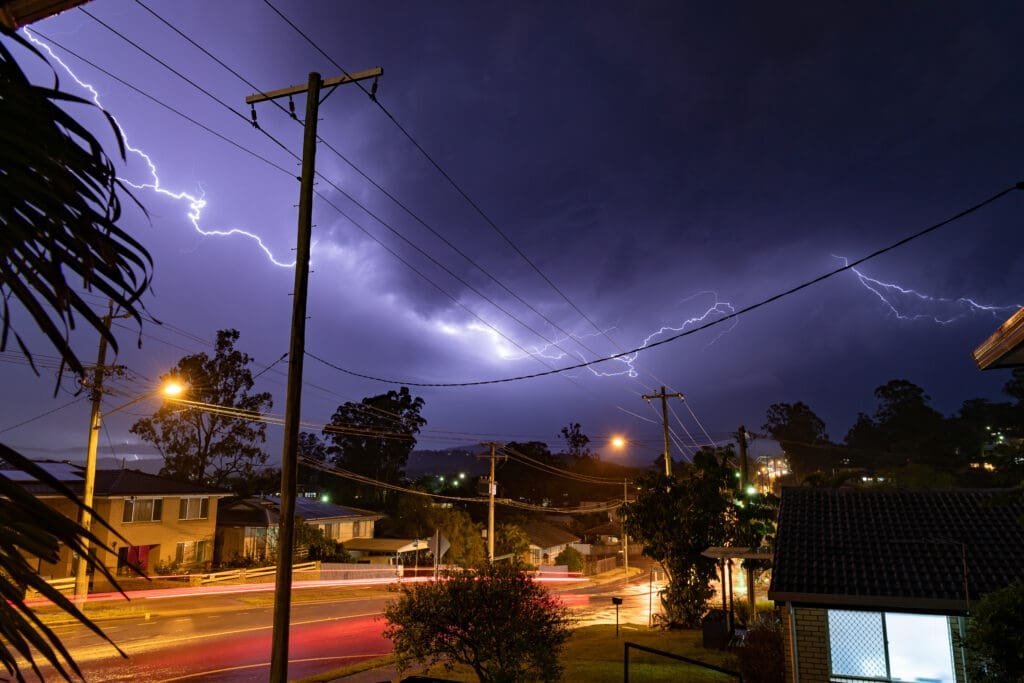When it comes to protecting your home, one of the most important aspects is safeguarding your roof from storm damage. Storms can wreak havoc on roofs, causing significant damage that can lead to leaks and structural issues. In this comprehensive guide, we will explore the impact of storm damage on roofs, evaluate your roof’s vulnerability, discuss preventive measures, and provide guidance on post-storm damage assessment and repair.
Understanding the Impact of Storm Damage on Roofs
Storm damage can have a significant impact on the structural integrity of your roof. Understanding how storms cause damage is crucial for implementing effective preventive measures and ensuring timely repairs. Let’s delve into the science behind storm damage and explore common types of roof damage caused by storms.
When a storm hits, it brings with it a myriad of destructive forces that can wreak havoc on your roof. From the powerful gusts of wind that can tear off shingles to the relentless downpour that seeps into the smallest cracks, every element of a storm poses a threat to the stability of your roof. Additionally, hail, often a common companion to storms, can leave behind a trail of dents and punctures, turning your once pristine roof into a patchwork of damage.
The Science Behind Storm Damage
Storms produce strong winds, heavy rain, and sometimes hail, all of which can have a severe impact on your roof. Strong winds can lift and displace roofing materials, causing damage to the underlying structure. Heavy rain can lead to leaks and water damage, while hail can dent and puncture the roof’s surface, compromising its integrity.
Moreover, the combination of these elements can create a perfect storm of destruction for your roof. As wind uplifts shingles, rain finds its way through the gaps, and hail mercilessly pounds the weakened surface, the once sturdy barrier between your home and the elements becomes a battleground for nature’s forces.
Common Types of Roof Damage Caused by Storms
Storms can result in several types of roof damage. These include missing or damaged shingles, leaks, punctures, and even structural issues such as sagging or weakened roof trusses. It’s important to identify these issues early on to prevent further damage and costly repairs.
As the aftermath of a storm unfolds, the signs of damage become apparent. Missing shingles litter the yard, water stains creep across ceilings, and the telltale signs of a compromised roof structure become harder to ignore. Addressing these issues promptly is crucial to prevent secondary damage such as mold growth and structural decay, ensuring the longevity of your roof and the safety of your home.
Evaluating Your Roof’s Vulnerability to Storms
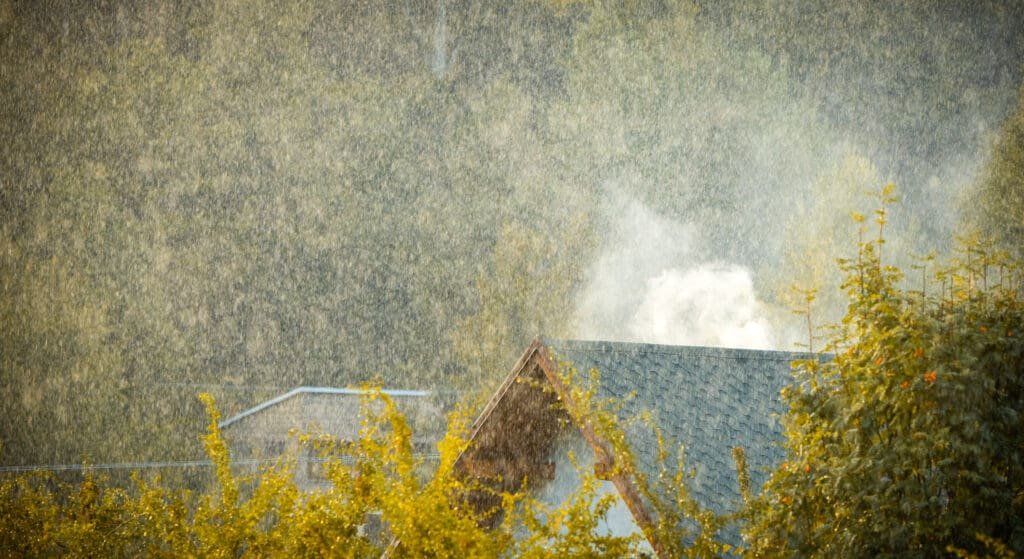
Assessing your roof’s vulnerability to storm damage is a crucial step in protecting your home. By identifying weak spots and understanding the role of roof material and age in storm resistance, you can take proactive measures to fortify your roof.
Storms can wreak havoc on roofs, causing leaks, structural damage, and even complete roof failure if not properly prepared. It’s essential to conduct a thorough evaluation of your roof’s condition to ensure it can withstand the forces of nature.
Identifying Weak Spots in Your Roof
Start by inspecting your roof for any existing weak spots. These may include areas where shingles are loose or missing, chimneys or vents that are not properly sealed, or sections of the roof that have deteriorated over time. By addressing these weak spots, you can enhance your roof’s resilience against storm damage.
Additionally, check for signs of water damage or mold growth, as these can indicate underlying issues that may compromise your roof’s integrity during a storm. Proper attic ventilation and insulation are also crucial factors in maintaining a healthy roof structure.
The Role of Roof Material and Age in Storm Resistance
The type of roofing material and its age play a significant role in determining how well your roof can withstand storms. Some materials, such as metal or impact-resistant shingles, offer superior durability, while older roofs may be more prone to damage due to wear and tear. Consider upgrading to storm-resistant materials if your roof is nearing the end of its lifespan.
Furthermore, regular maintenance and timely repairs can extend the lifespan of your roof and improve its ability to withstand severe weather conditions. Investing in professional roof inspections and repairs can save you from costly damages in the long run.
Preventive Measures for Roof Storm Damage
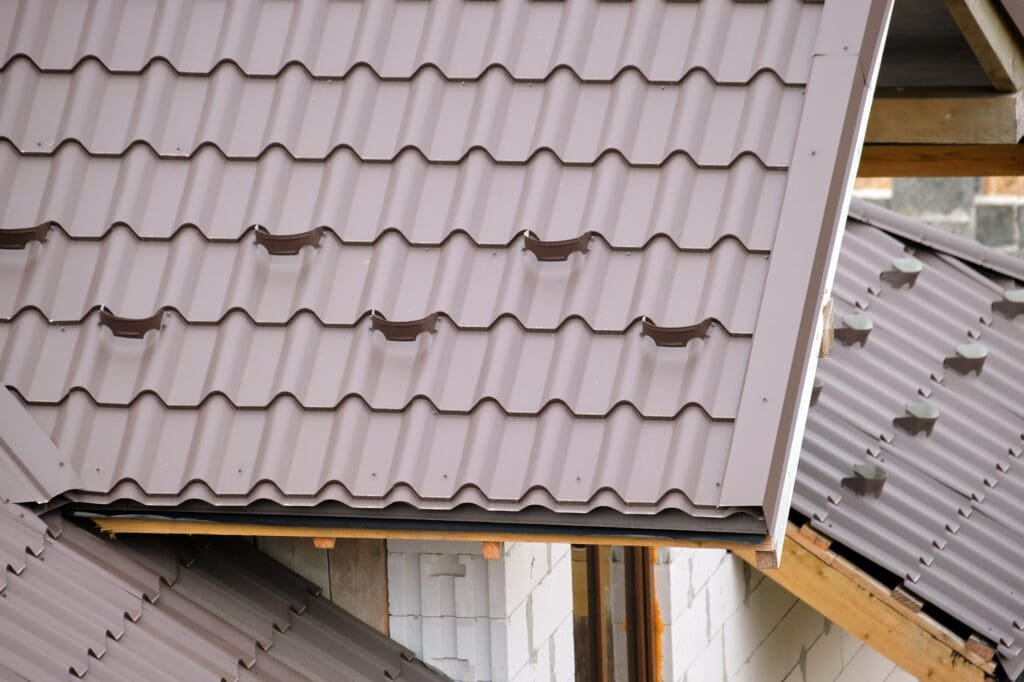
Protecting your roof starts with implementing preventive measures that can mitigate the risk of storm damage. By regularly maintaining and inspecting your roof, as well as installing storm-resistant roofing materials, you can enhance its strength and durability.
Roofs are a vital component of any home’s structure, providing protection from the elements and ensuring the safety and comfort of its inhabitants. To safeguard your roof against the potential devastation of storm damage, it is crucial to take proactive steps to fortify its resilience.
Regular Roof Maintenance and Inspection
Schedule regular roof inspections to identify any potential issues or vulnerabilities. This should include checking for loose or damaged shingles, inspecting flashings and sealants, and clearing debris from gutters and downspouts. Additionally, maintain proper tree trimming around your home to prevent fallen branches from damaging your roof during storms.
Roof maintenance is not just about addressing existing problems but also about preventing future issues. By proactively addressing minor concerns, you can avoid costly repairs down the line and extend the lifespan of your roof.
Installing Storm-Resistant Roofing Materials
Consider upgrading your roof with storm-resistant materials that are designed to withstand high winds and impact. These include metal roofing, impact-resistant shingles, and synthetic roofing materials. Consult with a professional roofer to determine the best options for your specific climate and budget.
Investing in storm-resistant roofing materials is an investment in the long-term protection of your home. These materials not only enhance the durability of your roof but also increase its resistance to severe weather conditions, providing you with peace of mind during storm season.
Post-Storm Roof Damage Assessment
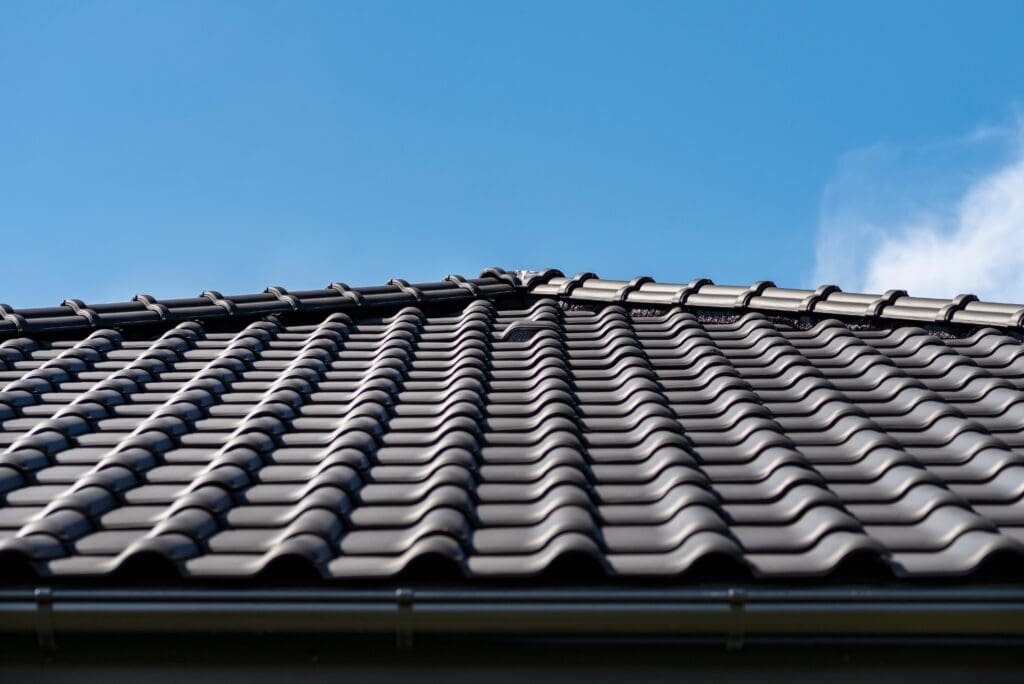
While preventive measures can significantly reduce the risk of storm damage, it’s essential to assess your roof for any signs of damage after a storm. Promptly identifying and addressing issues will prevent further deterioration and potential water leaks.
Storms can wreak havoc on roofs, causing a range of problems that may not be immediately visible. From loose or missing shingles to structural damage, it’s crucial to conduct a thorough inspection to ensure your roof is in top condition to protect your home.
Signs of Roof Damage After a Storm
After a storm passes, visually inspect your roof for any signs of damage. This includes checking for missing or damaged shingles, dents or bruises caused by hail, and any visible leaks inside your home. Look for signs of water stains on the ceiling or walls, as well as wet insulation or mold growth.
In addition to the roof itself, pay attention to other areas that may indicate roof damage, such as clogged gutters or downspouts, which can lead to water pooling and potential leaks. Ensuring proper drainage is essential for maintaining the integrity of your roof and preventing water damage.
When to Call a Professional for Roof Damage Assessment
If you notice signs of roof damage or are uncertain about the extent of the damage, it’s best to call a professional roofing contractor for a thorough assessment. They have the experience and expertise to identify hidden or subtle issues that may not be apparent to an untrained eye. Timely professional assessment can prevent minor problems from escalating into major roof repairs.
Professional roofers can also provide recommendations for repairs or replacements based on the extent of the damage and the age of your roof. Investing in regular roof maintenance and inspections can prolong the life of your roof and save you money in the long run by addressing issues before they become costly repairs.
Repairing and Recovering from Roof Storm Damage
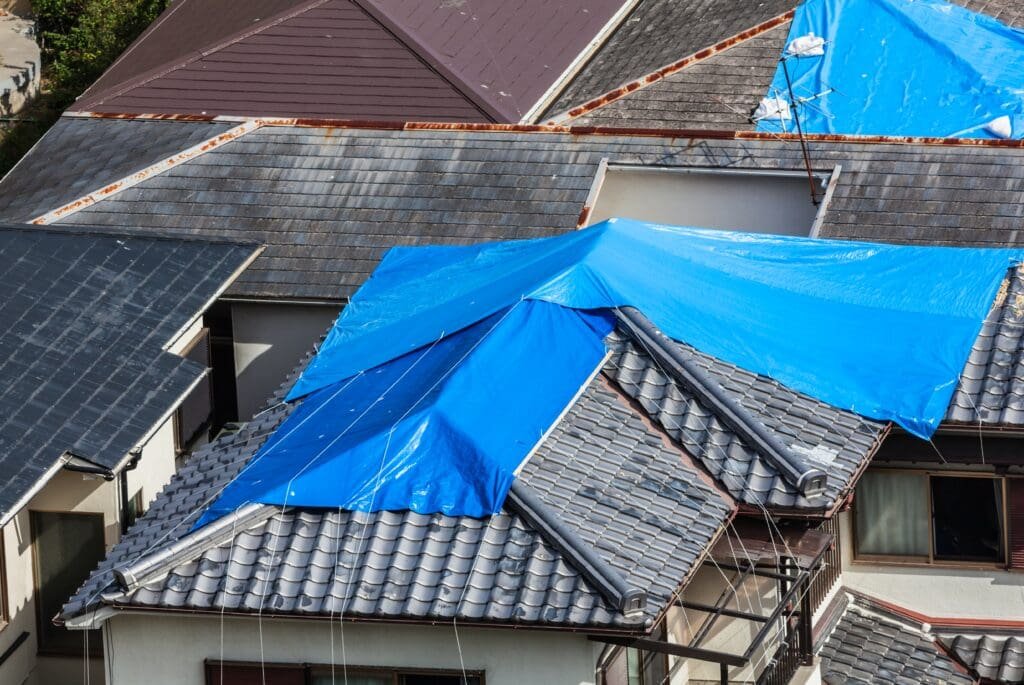
In the unfortunate event that your roof sustains storm damage, it’s crucial to take prompt action to repair and recover. Depending on the severity of the damage, you may choose between DIY roof repair or hiring a professional roofing contractor. Additionally, understanding your homeowner’s insurance policy can help you navigate the financial aspect of recovering from roof storm damage.
DIY Roof Repair vs. Professional Roof Repair
If the damage is minor and you have the necessary skills and tools, you may opt for DIY roof repair. This can include replacing missing shingles, securing loose ones, or patching small holes. However, for extensive or complex damage, it’s recommended to hire a professional roofing contractor who can ensure proper repairs and minimize the risk of further damage.
Understanding Your Homeowner’s Insurance and Roof Damage
Contact your homeowner’s insurance provider to understand your coverage for roof storm damage. Familiarize yourself with the terms, deductibles, and limitations of the policy. Document the damage with photographs and provide necessary information to facilitate the claims process. A thorough understanding of your insurance policy will help you navigate the process and ensure a smooth recovery.
When it comes to DIY roof repair, it’s important to assess your own capabilities and limitations. While some minor repairs can be easily accomplished with a bit of research and the right tools, it’s crucial to prioritize safety. Working on a roof can be dangerous, especially during or after a storm when the surface may be slippery or unstable. If you’re unsure about your ability to safely perform the repairs, it’s best to err on the side of caution and hire a professional.
On the other hand, hiring a professional roofing contractor can provide peace of mind and ensure that the repairs are done correctly. These professionals have the knowledge, experience, and specialized equipment to handle various types of storm damage. They can also conduct a thorough inspection of your roof to identify any hidden issues that may have been caused by the storm. By addressing these issues early on, you can prevent further damage and potentially save money in the long run.
It’s also worth noting that not all homeowner’s insurance policies cover roof storm damage. Some policies may have specific exclusions or limitations, so it’s important to review your policy carefully. In some cases, you may need to purchase additional coverage or consider a separate policy specifically for storm damage. Consulting with an insurance agent can help you understand your options and ensure that you have adequate coverage in the event of a storm.
Protecting your roof from storm damage requires a proactive approach. By understanding the impact of storms, evaluating your roof’s vulnerability, implementing preventive measures, conducting post-storm damage assessments, and knowing how to repair and recover, you can safeguard your home and ensure the longevity of your roof. Remember, a well-maintained and storm-resistant roof is a crucial investment in the protection of your most valuable asset.

